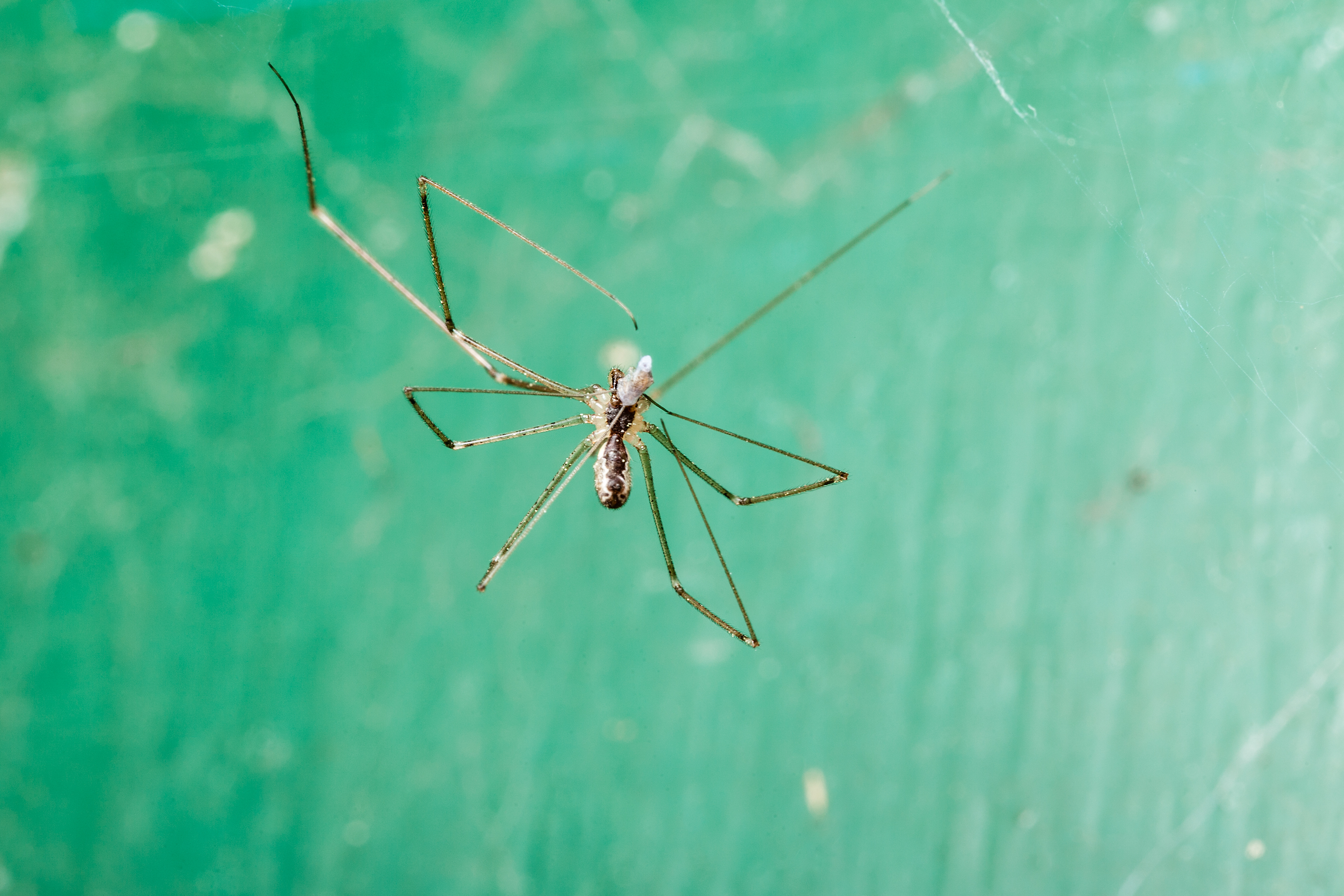
Move over Spiderman: spiders sprayed with water containing carbon nanotubes and graphene flakes have produced the toughest fibers ever measured, according to Italian research reported by MIT Technology Review.
Spider silk is one of the more extraordinary materials known to science, and the protein fiber, spun by spiders to make webs, is stronger than almost anything that humans can make.
The dragline silk spiders use to make a web’s outer rim can match high-grade alloy steel for tensile strength but is about a sixth as dense. It is also highly ductile.
Scientists at the University of Trento in Italy have found a way to make the silk even stronger by spraying 15 Pholcidae spiders, collected from the Italian countryside, with water containing the nanotubes or flakes and then measured the mechanical properties of the silk that the spiders produced.
For each strand of silk, they fixed the fiber between two C-shaped cardboard holders and placed it in a device that can measure the load on a fiber with a resolution of 15 nano-newtons and any fiber displacement with a resolution of 0.1 nanometers.
The resulting material reportedly has properties such as fracture strength, Young’s modulus, and toughness modulus higher than anything ever measured.
‘We measure a fracture strength up to 5.4 GPa, a Young’s modulus up to 47.8 GPa and a toughness modulus up to 2.1 GPa,’ Emiliano Lepore, who headed up the research, told MIT. ‘This is the highest toughness modulus for a fiber, surpassing synthetic polymeric high performance fibers (e.g. Kelvar49) and even the current toughest knotted fibers.
Bionic materials
However, the scientists do not know exactly how the spiders incorporate carbon nanotubes and graphene flakes into their silk. While the team uses spectroscopic methods to show that the carbon-based materials are present in the fiber they can’t show how it got there. They say that the silk is too strong to have been coated with these carbon-based materials after it is spun, suggesting instead that the spiders may have ingested the water along with the carbon-based materials which are then incorporated into the fiber as it is spun. So the nanotubes and graphene end up in the central part of each fiber where they can have the biggest impact on its strength.
‘This new reinforcing procedure could also be applied to other animals and plants, leading to a new class of bionic materials,’ the team told MIT.
This story is reprinted from material from MIT and the University of Trento, with editorial changes made by Materials Today. The views expressed in this article do not necessarily represent those of Elsevier.






